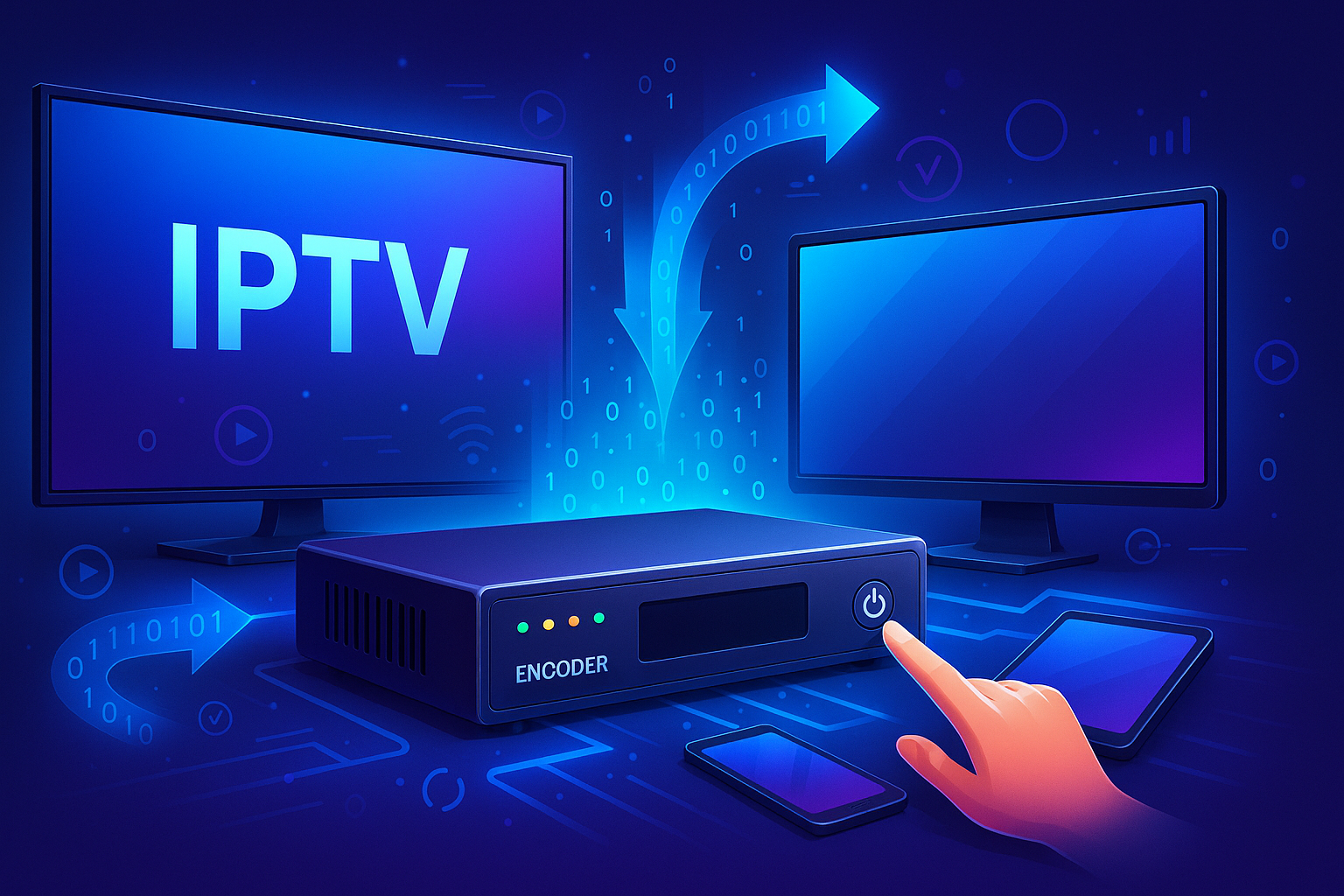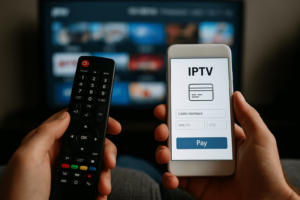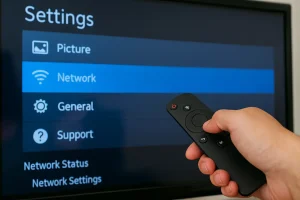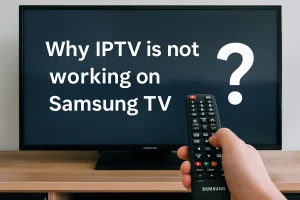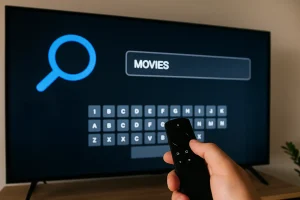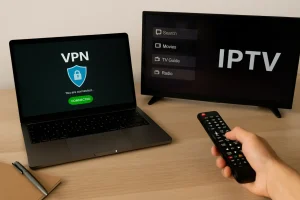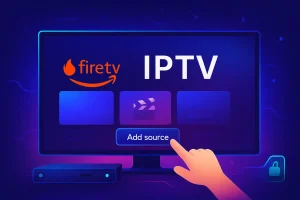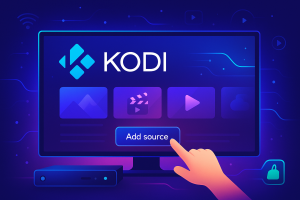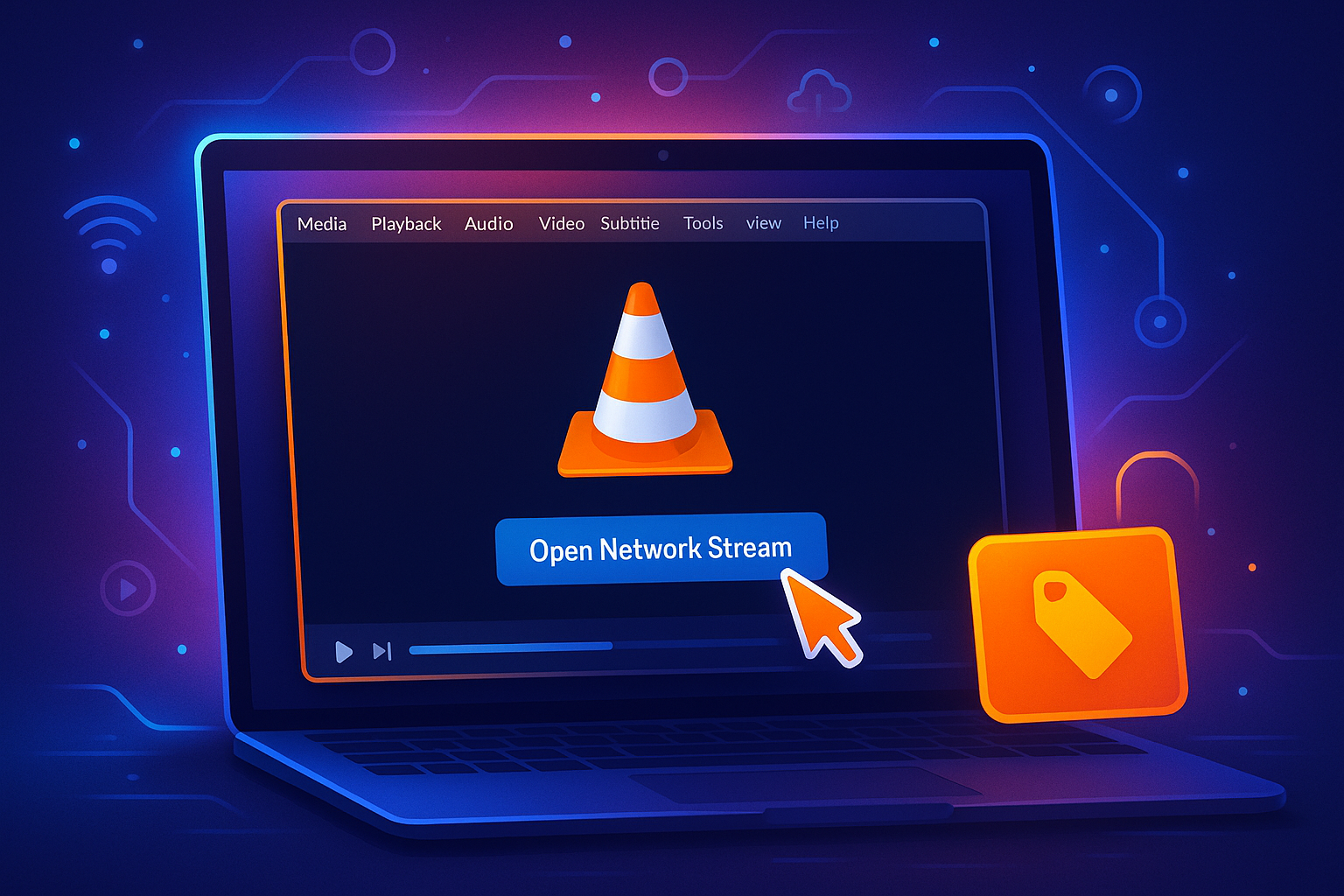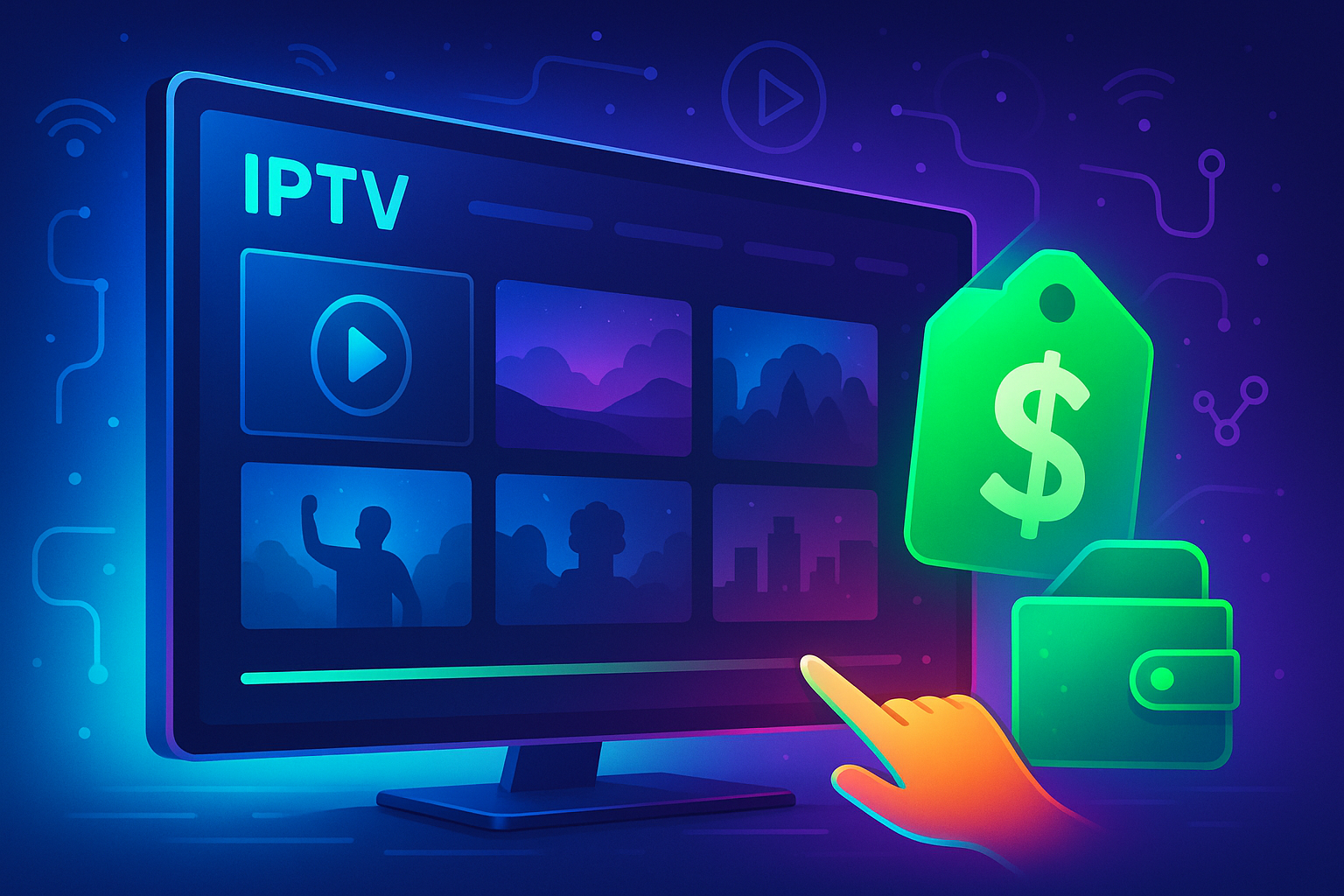You’ll find IPTV encoders transform raw SDI, HDMI, or composite video feeds into compressed H.264/H.265 streams for IP network transmission. They’re processing baseband signals through DSP chips and FPGAs, applying motion estimation and DCT transforms to achieve up to 80% bandwidth reduction.
For anyone running an IPTV subscription, this step ensures smooth streaming across multiple devices without exhausting bandwidth. Your encoder then packages these elementary streams into MPEG-TS or HLS containers, adding timestamps and error correction codes for reliable delivery.
Understanding the Basics of IPTV Encoding Technology
When you’re deploying IPTV infrastructure, the encoder serves as the critical first component that transforms raw video signals into compressed digital streams suitable for IP network transmission.
Your encoder ingests SDI, HDMI, or composite feeds, then applies compression algorithms following IPTV standards like H.264/AVC or H.265/HEVC. You’ll configure encoding formats based on bandwidth constraints and quality requirements.
The encoder processes video frames through motion estimation, DCT transformation, and quantization stages. It simultaneously handles audio compression using AAC or MP3 codecs.
Key Components and Features of IPTV Encoders
| Aspect | Description |
| Hardware & Software Architecture | IPTV encoders rely on DSP chips, FPGAs, or GPU acceleration to achieve real-time transcoding. |
| Input Interfaces | Support for SDI, HDMI, or IP streams, combined with adaptive bitrate management algorithms that dynamically adjust compression parameters. |
| Performance Metrics | Key metrics include latency, throughput capacity, and codec efficiency for optimal streaming quality. |
| System Reliability | Features like redundant power supplies, hot-swappable modules, and SNMP monitoring ensure stability and uptime. |
| Multiplexing & Bandwidth Optimization | Advanced multiplexing capabilities, including statistical multiplexing, optimize bandwidth usage and maintain service quality. |
| Rate Control Mechanisms | Built-in controls regulate bitrates to guarantee consistent QoS (Quality of Service) delivery. |
.
The Step-by-Step Process of Video Signal Conversion
- Analog-to-digital conversion – As raw video signals enter the IPTV encoder, they are converted at the input stage, transforming baseband signals into discrete digital samples at predetermined bit depths and sampling rates.
- Video compression – Algorithms like H.264 or H.265 process these samples, eliminating temporal and spatial redundancies while preserving perceptual quality.
- Signal optimization – The encoder’s DSP applies motion estimation, DCT transforms, and quantization matrices to achieve optimal bitrate reduction.
- Packaging and transmission – Compressed elementary streams are packaged into transport containers (MPEG-TS or RTP), with error correction codes and timestamps added for reliable delivery across IP networks.
Types of IPTV Encoders and Their Applications
Hardware Encoders
- Use dedicated ASIC chips for top video quality.
- Best for live streaming with very low latency.
- Ideal in mission-critical setups like broadcasting.
Software Encoders
- Run on standard servers with your existing infrastructure.
- Cost-effective and flexible, supporting multiple standards.
- Easy to configure and scale when needed.
Hybrid (Cloud + Hardware) Encoders
- Combine on-premise hardware with cloud transcoding.
- Balance strong performance with lower operational costs.
- Great for setups that need both power and flexibility.
Frequently Asked Questions
How Much Does a Professional IPTV Encoder Typically Cost?
You’ll find affordable options starting around $500-$2,000 for basic H.264 encoding systems, while high-end models with multi-channel processing, HEVC support, and redundant architecture typically range from $10,000-$50,000 depending on your broadcast infrastructure requirements.
Can I Use an IPTV Encoder With My Existing Cable TV Subscription?
You can’t directly connect an IPTV encoder to your cable subscription due to cable compatibility restrictions. IPTV integration requires unencrypted video sources like HDMI output from set-top boxes, bypassing DRM through capture cards or component connections.
Is It Legal to Use IPTV Encoders in All Countries?
No, you can’t assume universal IPTV legality across jurisdictions. International regulations vary significantly—you’ll need to verify local broadcasting laws, content distribution rights, and transmission protocols. Some regions restrict encoder deployment without proper licensing frameworks.
What Internet Upload Speed Do I Need for IPTV Encoding?
You’ll need minimum 5 Mbps upload speed for standard definition, 10-15 Mbps for 720p, and 25+ Mbps for 1080p streams. Your encoding quality settings, bitrate configuration, and concurrent stream count directly impact bandwidth requirements for stable transmission.
How Long Do IPTV Encoders Typically Last Before Needing Replacement?
You’ll get 5-7 years lifetime expectancy from commercial-grade encoders with proper thermal management. Maintenance tips: clean dust filters monthly, monitor component temperatures, update firmware regularly, and replace electrolytic capacitors preventively to maximize operational lifespan.

